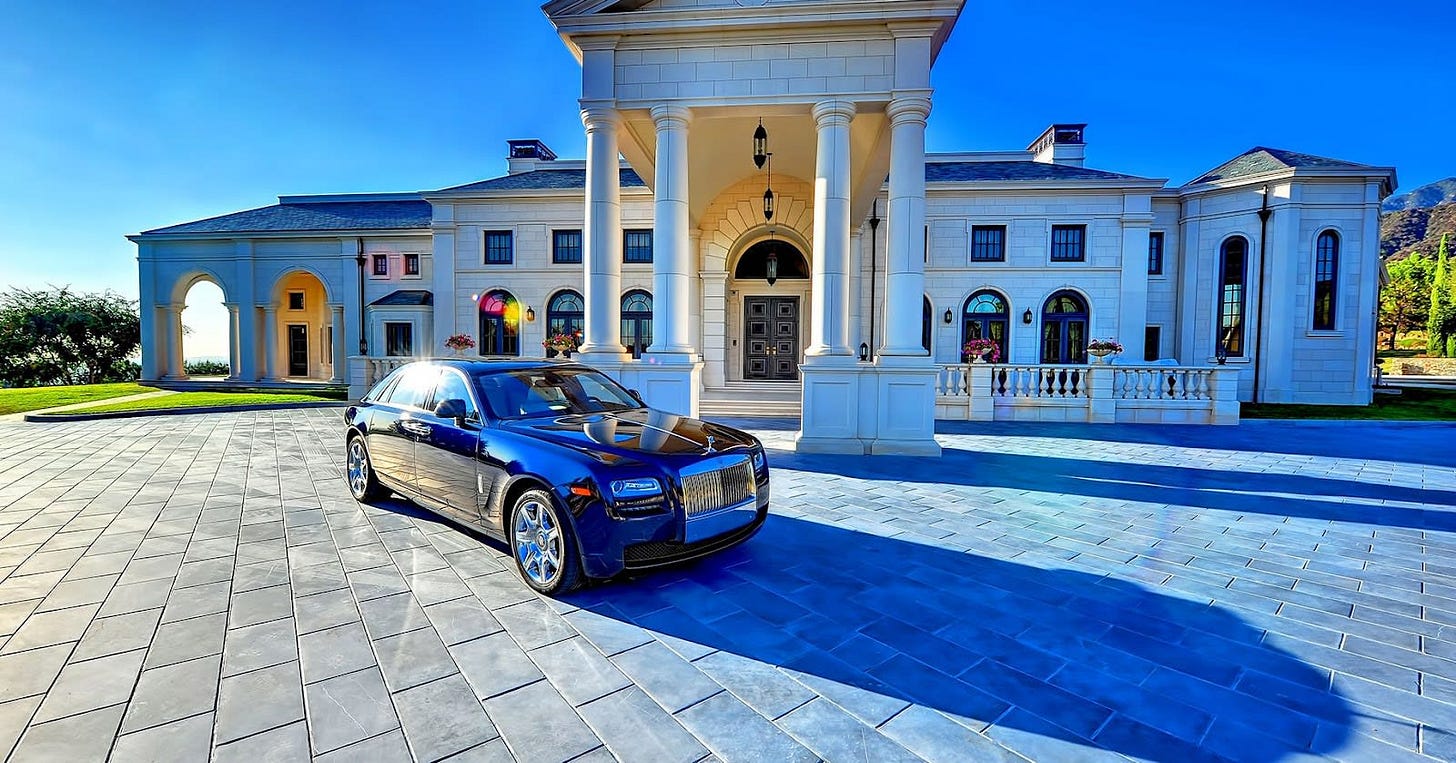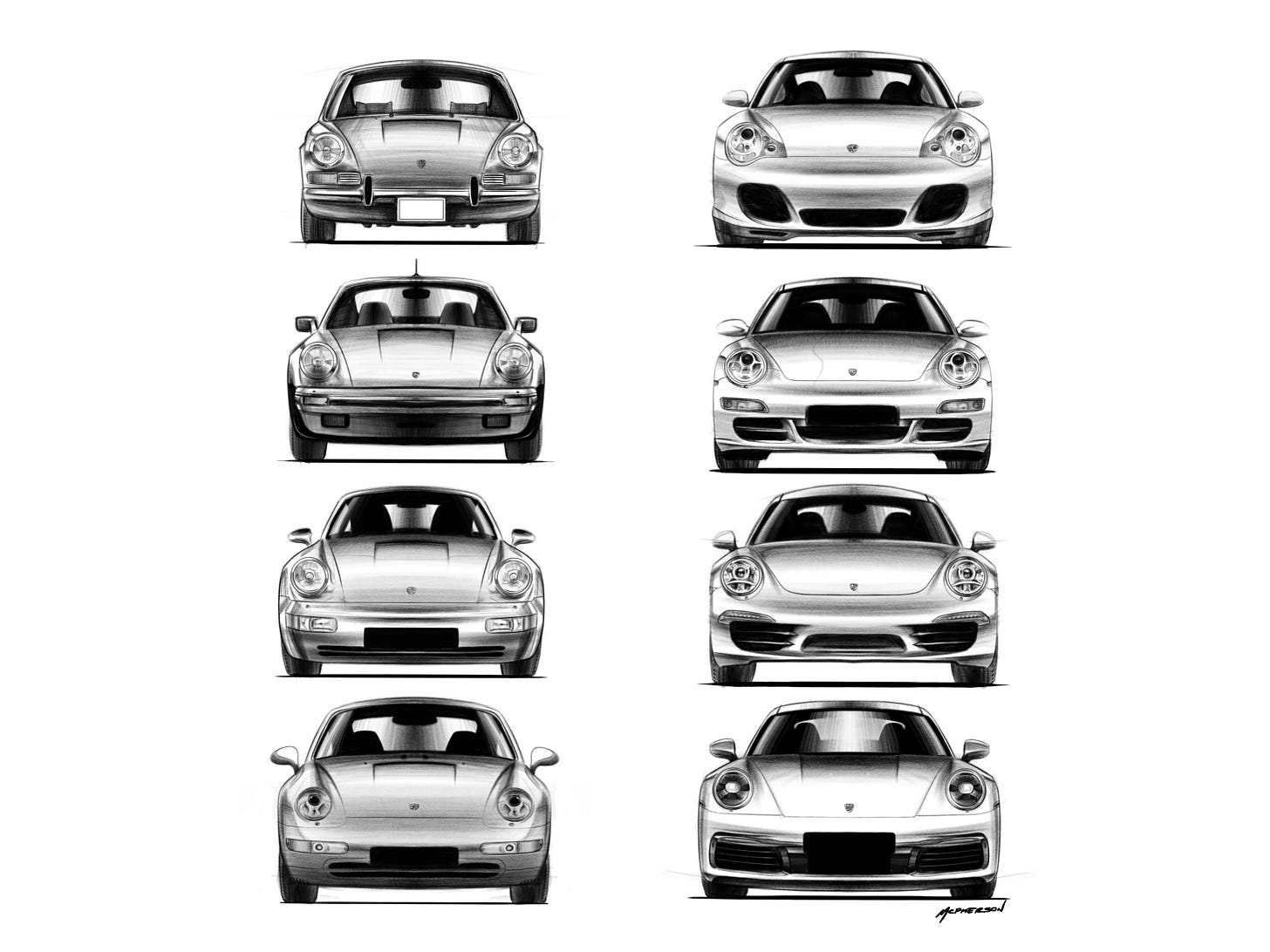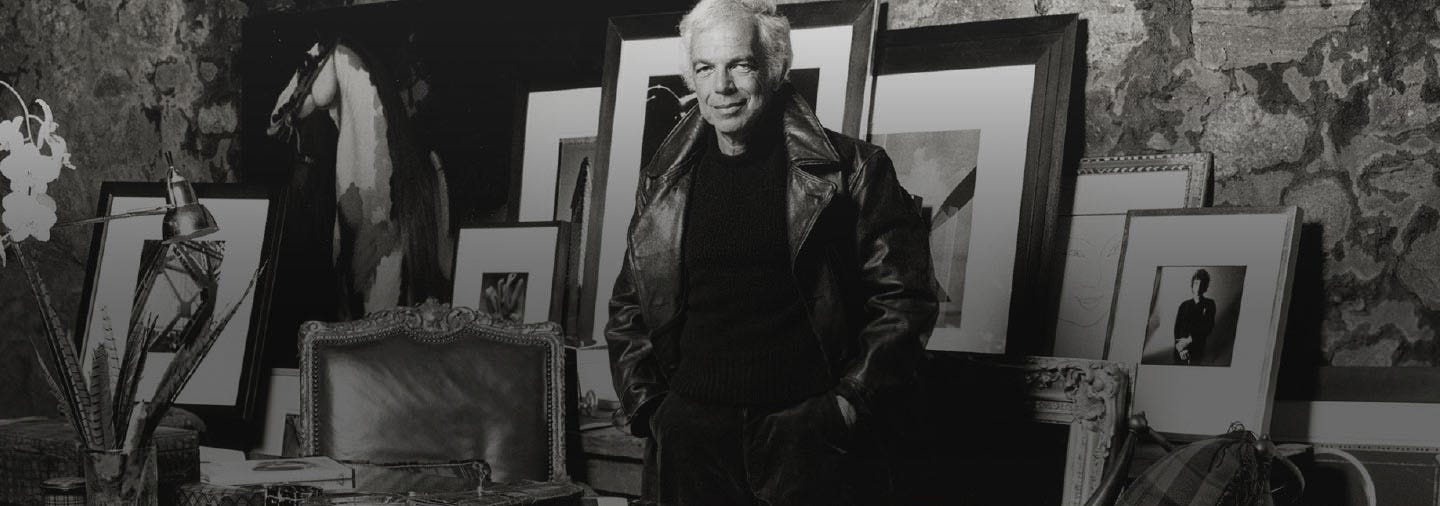For anyone new here, I’m the founder of the Pull agency. We believe that every brand has a better story waiting to be told. Our job is to find it, and help you tell it. We don’t really like talking about rebranding or re-brands. We believe in the importance of progressing your brand over time.
So if you think your brand needs a stronger strategy or identity. Schedule a free intro Call.
Thanks for reading Brand Marketing for Smaller Brands. Subscribe for free to receive new posts and support my work.
What is a luxury brand?
"A luxury brand relies on as large as possible a core of faithful clients thoroughly imbibed with the brand's culture and appreciating its world, its identity and philosophy"
Do you ever wonder just how different marketing luxury brands might be? Unless you are one of the few people who has moved from ‘classic’ brand management to luxury brand management – you may like me have wondered – but not really been able to answer that question.
I recently read what is probably the seminal work on Luxury Brand Management – ‘The Luxury Strategy’ by JN Kapferer and V Bastein. Now this is weighty tome - a 400 page hardback - and the authors are French academics and luxury marketing practitioners. So in my articles there is going to be an element of “I read this so you don’t have to.”
My aim will be to cover the three things in three articles that have intrigued me since I started working at the classical brand management house of Procter & Gamble (one of the authors’ hypotheses is that houses of brands like P&G, Unilever and L'Oréal have and always will fail when trying to create or buy luxury brands because they don’t understand the rules. I think they are right).
1. What is a luxury brand?
2. What’s different in luxury brand marketing?
3. What can managers of non-luxury products learn from the rules of luxury branding?
So what defines a luxury product and how do you market luxury products?
Well you might be a bit disappointed to learn that the authors don’t really provide a definitive definition of luxury.
(The Pull agency has just completed some consumer research for a premium skincare brand. We used this to explore the concepts of ‘premium’ and ‘luxury’ in skincare. Essentially – at least in that category – consumers use these terms in quite an interchangeable way. Although when pushed, they generally referred to one brand only as true luxury – La Mer. A brand with products that can reach a 5 figure price. None of our qual research respondents would buy it.)
My take from TLS – The Luxury Strategy – is that there is no really clear separation between luxury, fashion and premium or upper premium. Brands can operate in several or all of these spaces and move between them. Indeed as they illustrate, many brands – like Gucci for example are tiered in this way. As a result there are probably true luxury brands that consumers would immediately and indisputably call luxury and other that are more chameleon-like and blur the lines.
There are also good examples of premium brands that most consumers would agree represent attempts to cross the bridge from premium to luxury – but which haven’t haven’t made it. By examining an example we can get a better idea of what a true luxury brand consists of. A good example is Lexus which we will look at in a bit more detail.
Nevertheless, I have tried to derive a definition of luxury from TLS and would suggest the following:
Luxury Defined
A very qualitative hedonistic experience or product made to last
Offered at a price that far exceeds what their mere functional value would command
Tied to a heritage, unique know-how and culture attached to the brand
Available in purposefully restricted and controlled distribution
Offered with personalised accompanying services
Representing a social marker, making the owner or beneficiary feel special, with a sense of privilege
So a good case study of premium vs. luxury is available in the automotive market by comparing the brand image of Lexus vs. Porsche. (TLS was written in 2009 and revised in 2012. The automotive market has been through something of a revolution since then due mainly to the EV push and the related arrival of Chinese brands in the west. However, the comparison of Lexus vs. Porsche still seems to hold good.)
Why Lexus is an upper premium not luxury brand
Unlike the luxury European brands of for instance Ferrari, Porsche or Aston Martin, both the Lexus brand and first car were designed by a committee who based the original design on Mercedes’ engineering excellence rather than a desire to re-invent the automobile. in the view of the authors of TLS this will always affect its legacy:
It was designed by strategists and engineers, and not by creative geniuses.
The original car was based on the Mercedes E-class
It has never really developed its own strongly identifiable look
It doesn’t carry or create a new myth
It doesn’t take the risk of not being liked
Porsche on the other hand is a luxury brand
Porsche is a very interesting comparison with Lexus. Models are often not much more expensive than a Lexus. And you could argue that the brand is sporty rather than luxurious. But the authors of TLS are insistent that unlike Lexus, it makes the cut as a full-fat luxury brand. Why is that? They offer the following:
It was the expression of one visionary man – Ferdinand Porsche – who designed the car he wanted because nobody else made it
It stimulates the imagination
Its quality and performance
The way it holds its value
Has always been at the pinnacle of the category
Mystique, heritage, racing spirit
Remarkably faithful to its values, it has remained highly coherent over time and the hero product – 911 – has changed but remained the same
I argued in a Substack article on the recent re-birth of Jaguar that Jaguar should have been Britain’s Porsche. In the Nineteen fifties and sixties, Jaguar outperformed Porsche in terms of engineering innovation, range of road cars, racing success and dominance at Le Mans.
However, the arrival of the 911 in the late sixties signalled the rise of Porsche and the continuous lineage of this product up to the present day is part of the Porsche legend and mythology which Jaguar failed to emulate.
The equivalent for Jaguar would be an unbroken line of cars starting with the iconic C-Type. There was a D-Type and an E-Type. But a 39 year gap between ending of production of the E-Type in 1974 and the launch of the F-Type in 2013. There will be no successor to the F-Type which ended production in 2024.
So Porsche qualifies as a luxury brand. Jaguar will have to do a huge amount if they are to regain the status. There are some who believe that the emotional attachment necessary to be a luxury automotive brand will never be present with an EV, and research Porsche have run among owners show that a significant number of brand buyers state they will ‘never buy an electric Porsche’. If this proves to be the case, Jaguar with its 100% commitment to electric vehicles might be in for a very challenging time.
So what can we take from this example? Well for one thing. It is difficult to strategise your way to creating a luxury brand. Luxury brands are typically imbued with the heroics of past visionary creators who went their own way in terms of design and development. The brand typically contains codes of mythology and stories that can be re-visited in marketing the brand.
However, this can essentially be faked. This is probably easier in the US than Europe where historical heritage arguably doesn’t matter so much. Two notable examples of ‘fake’ heritage are Ralph Lauren and Häagen-Dazs.
The founder of Ralph Lauren – Ralph Lifschitz – borrowed a lifestyle that he never actually personally experienced (that is until he made his fortune as Ralph Lauren). He borrowed from the mythology of wealthy New Englanders in the first half of the 20th century with the accoutrements of cars, houses, and pastimes – like Polo. All of this was pure theatre and image-creation, but it seems to have worked. Europeans expect a temporal association with a luxury brand. It should have a history. But younger people and Americans do not necessarily demand this. They want exciting stories, but they want unequalled performance. US luxury brands do not hesitate to invent their own history.
Häagen-Dazs was the name conjured up by two Polish emigrees in New York to sound as authentically Scandinavian as possible for their new recipe for ice cream.
These are perhaps exceptions that show that it may not be possible to create a luxury brand of the status of Ferrari or Rolex without their heritage, but it is possible to conjure up a visual narrative and lexicon for your brand that gives it a strong and premium personality. We will dig into this more in the third article about what we can learn and borrow from luxury brand marketing, so before we conclude with the question of ‘What is a luxury brand?’ here are a few more typical attributes.
Positioning. Although in itself a debatable term in academic marketing circles, it is common to talk about positioning brands. At Pull we see this as juxtaposition. i.e. where a brand should be situated based on its characteristics in comparison to competitors and how it is perceived by consumers. Kapferer & Bastien argue that luxury products must never be positioned. Ordinary brands invite comparison – “look at our reviews”. Luxury brands must never be compared to anything else.
Luxury is made by hand. Not necessarily entirely by hand. People would generally reject the idea of a car built entirely by hand and without the precision that only some automation and robotics can provide. But if they buy a luxury car like a Rolls Royce they will know that unlike a mass-produced car, some elements like the grill are hand-crafted.
Rarity through distribution. In China, Lacoste is only available in a few select department stores, and is therefore seen as a luxury brand. On the other hand, in Japan, sold by a distributor it has ended up in all sorts of places and therefore isn't seen as a luxury brand.
Pricing. Moët & Chandon responded to a slump in demand for Champagne by raising prices and allocating all of their distributors with a lower volume than they sold in the previous year. Thus selling less and increasing their revenue.
So while there is not perhaps an absolute definition of a luxury brand, we can conclude the following. Consumers instinctively know what is luxury, although this will vary subtly by culture and geography. True luxury is impossible to fake, but a premium image can be crafted with thought and a bit of cunning.
In the next article we will look at the rules of luxury marketing and what our friends Kapferer and Bastien have to say about the ‘anti-rules’ of marketing. Some will probably surprise you.











